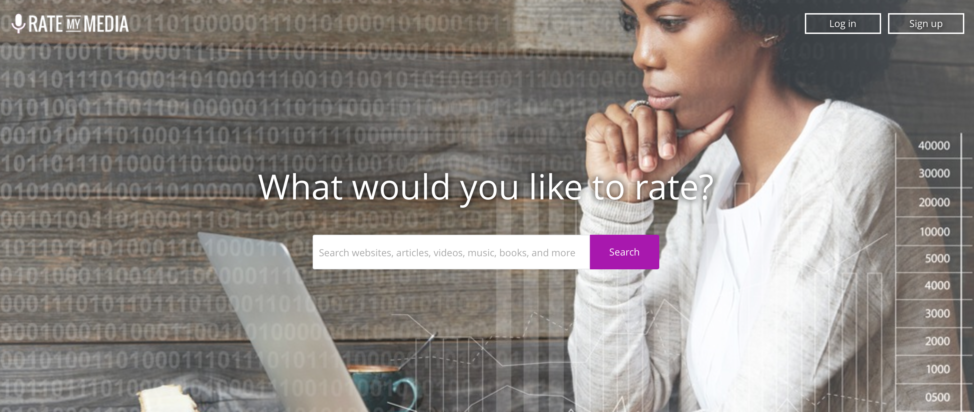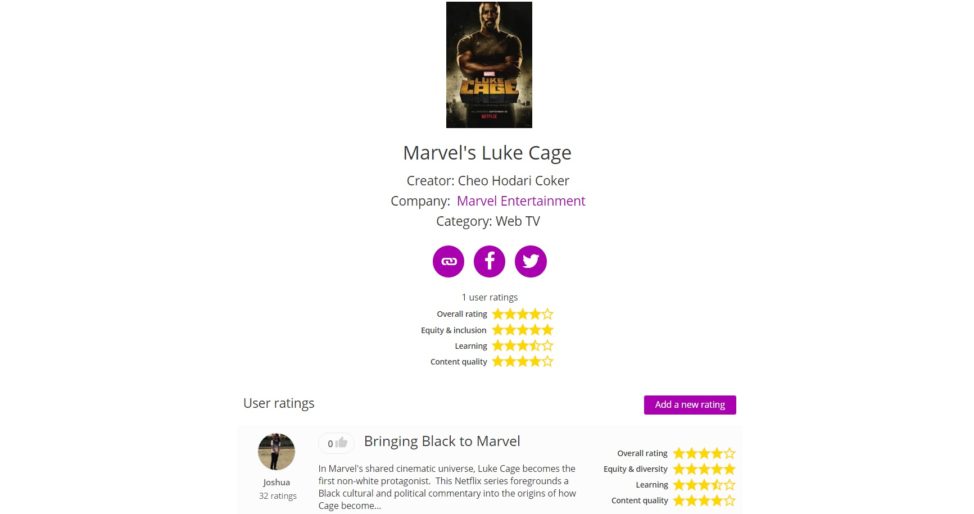A new crowdsourcing website that challenges media representations of minorities in the U.S. and other countries hopes to encourage companies to police themselves and rethink how racial stereotypes are created.
It started late in 2015 with a video lamenting a misrepresentation of African slaves as “workers” in a school textbook in Texas. The video, posted by a Houston mother, went viral. The factual error was later corrected.
“I was inspired,” said Brendesha Tynes, Associate Professor of Education and Psychology at the University of Southern California. Chatting with some of her Facebook friends, she decided to do something to call out media bias.
The result was “Rate My Media” – a crowdsourced website that establishes a rating community to challenge distorted media representations of minorities and focus instead on racial equity and inclusion.
“We don’t see the media really keeping in step and representing people of color accurately” even as more of them come of age in the U.S., said Tynes, the website’s creator.
“We still see this bias for white folks being the standard of beauty,” she added in an interview. “We see them represented in their full humanity, but we see this one-dimensional sort of representations of black folks, Latinos, Asians, Middle Eastern people, Muslims. And so we are just trying to ensure that these underrepresented groups – that we see the range of their humanity in the same way that we do with white folks.”
Visitors to the site can rate all forms of media, from print stories to television and video games. They can run a search for the material they believe to be biased. If it is not there, they can add it to the database.
Media entries can be rated to varying degrees of equity and inclusion, or lack of. “And you have a learning category that you can rate that’s mostly for educational apps and online courses,” said Tynes.
But bias is subjective. Some reviews offer books to help people understand race in America, for example, or videos that debunk the “myths” of the #BlackLivesMatter Movement, an international campaign against violence and racism toward black people.
“Many people will probably have their own interpretation of what they think a one is versus what we say a one is,” she said. “So we provide the guidelines and hopefully, people will follow them. But we can’t make them, of course.”
Tynes hopes companies will take notice, keep an eye on the ratings, and eventually police themselves “and rethink who they have at the table creating the media and how it gets created.”
“Eventually,” she said, “we want to start to provide reports to companies, possibly quarterly reports on what’s being said about them. And hopefully the reports will help them to improve their practice.”
Tynes, who has traveled widely, hopes to expand the site in the future into a global platform. “We have these issues all around the world,” she said. “… I’ve been to Australia. I’ve been to different countries in Africa. I’ve been all over Europe. I’ve been to South America and the problem is really everywhere in the media.”
While calling out bias, Tynes hopes to focus on the positive. She said the important thing is to find and point out material that provides equitable racial representation, such as shows that share minority perspectives, for example, or people who are “getting it right.”
“If you want to search for a textbook that represents people in their full humanity, you go to Rate My Media and … you would hopefully find [it] when we get enough users,” she said. ” … But we’re more interested in what people are doing right out there and maybe that’s what we want to use the site more for.”


